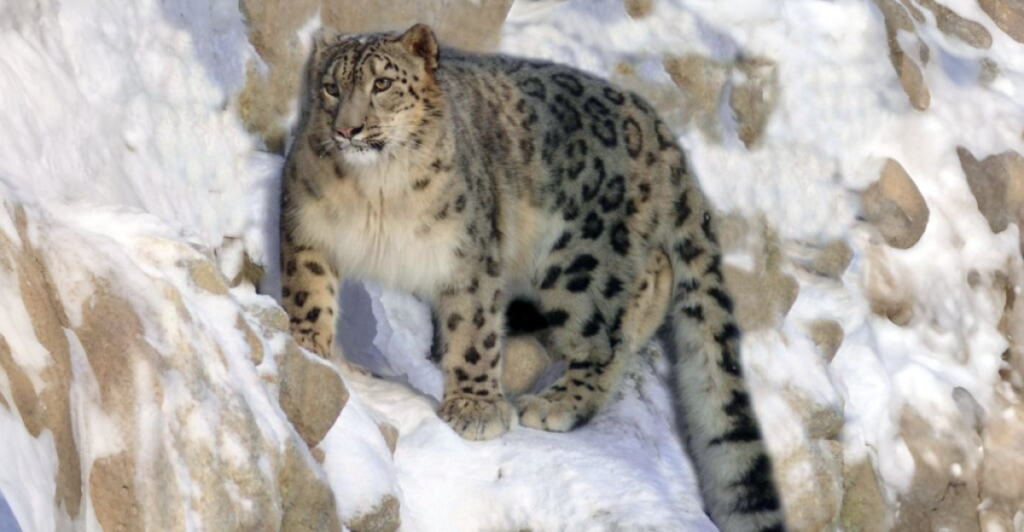
Surviving in the world’s highest peaks means enduring brutal cold, thin air, and rugged terrain. Yet, some animals have not only adapted to these extreme conditions but thrive in them. From sure-footed climbers to creatures with remarkable cold resistance, these species have mastered life at dizzying altitudes. Here are ten incredible animals that call the world’s highest peaks home.
1. Bar-Headed Geese
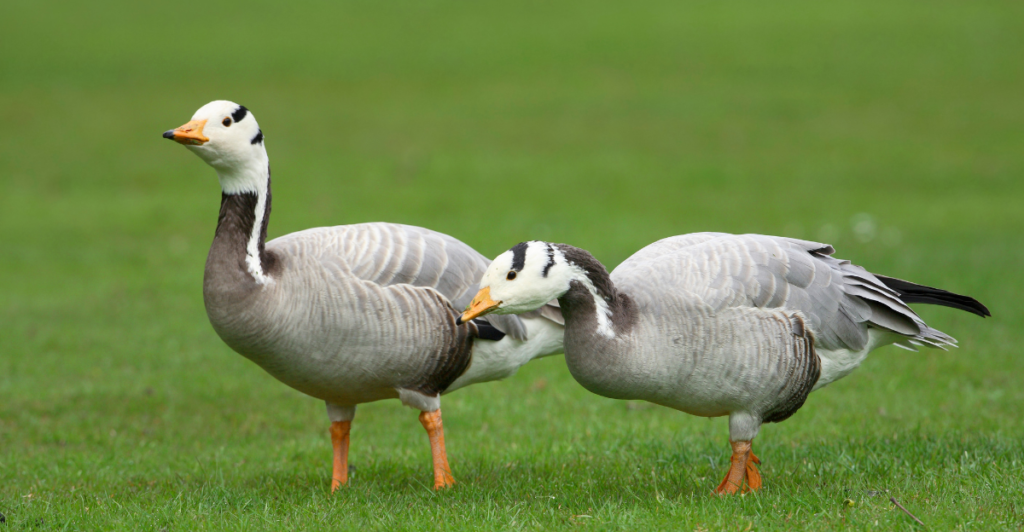
Bar-headed geese are among the highest-flying birds on Earth, soaring over the Himalayas at altitudes exceeding 8,800 meters (29,000 feet)—higher than Mount Everest! Their secret? Special hemoglobin that extracts oxygen efficiently from the thin air, powerful lungs, and even a high pain tolerance. These endurance champions complete their grueling migration in near-freezing temperatures, making them true masters of the skies.
2. Snow Leopards – Ghosts of the Mountains
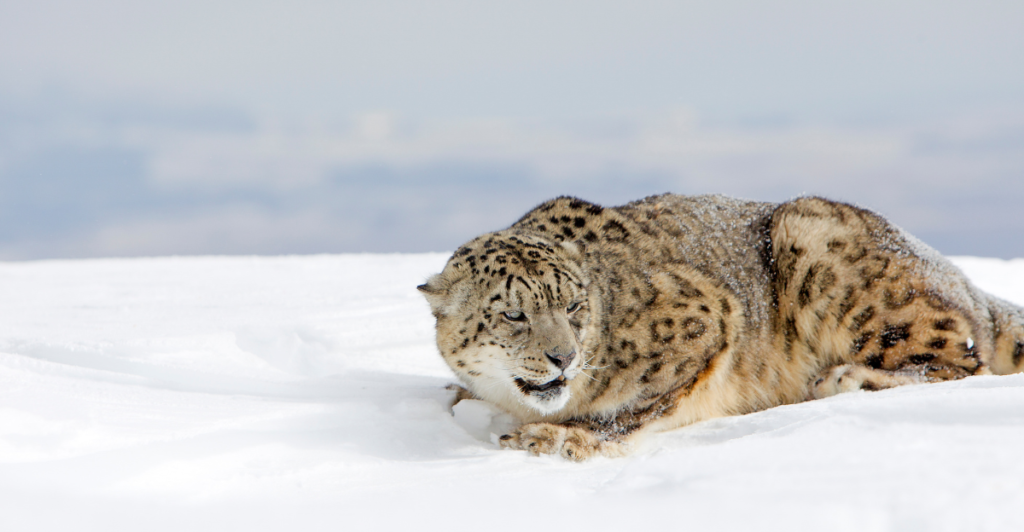
Silent and elusive, snow leopards rule the icy peaks of Central Asia. Their thick, camouflaged fur keeps them warm in the bitter cold, while powerful limbs and oversized paws help them navigate steep, rocky cliffs with ease. Known as the “ghosts of the mountains,” these apex predators are rarely seen, yet they reign supreme in one of the harshest environments on Earth.
3. Andean Condors
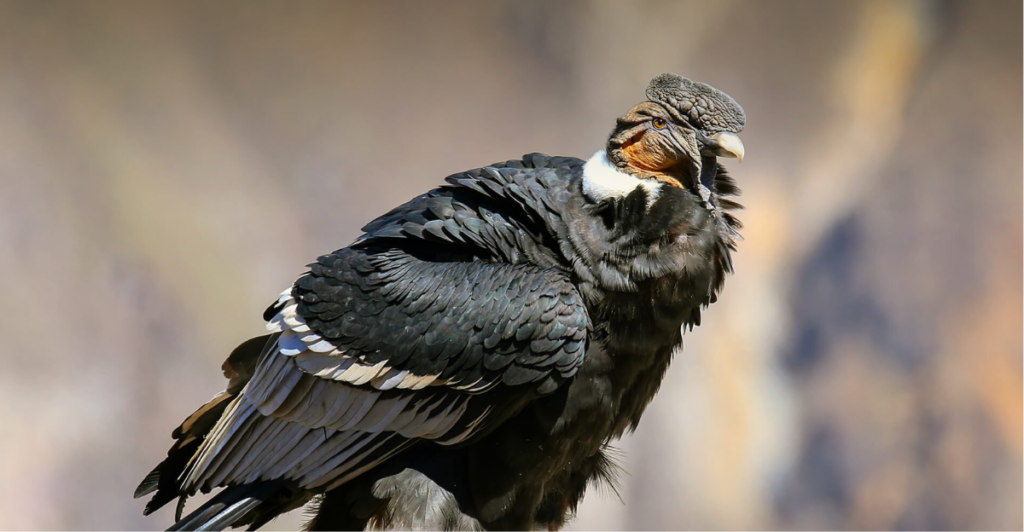
Soaring over the Andes at heights of up to 5,500 meters (18,000 feet), Andean condors are the ultimate gliders. With a wingspan reaching 3 meters (10 feet), they ride thermal currents for hours, barely needing to flap their wings. These scavengers have a keen sense of smell to locate carcasses from afar, making them expert survivors in high-altitude wilderness.
4. Himalayan Marmots
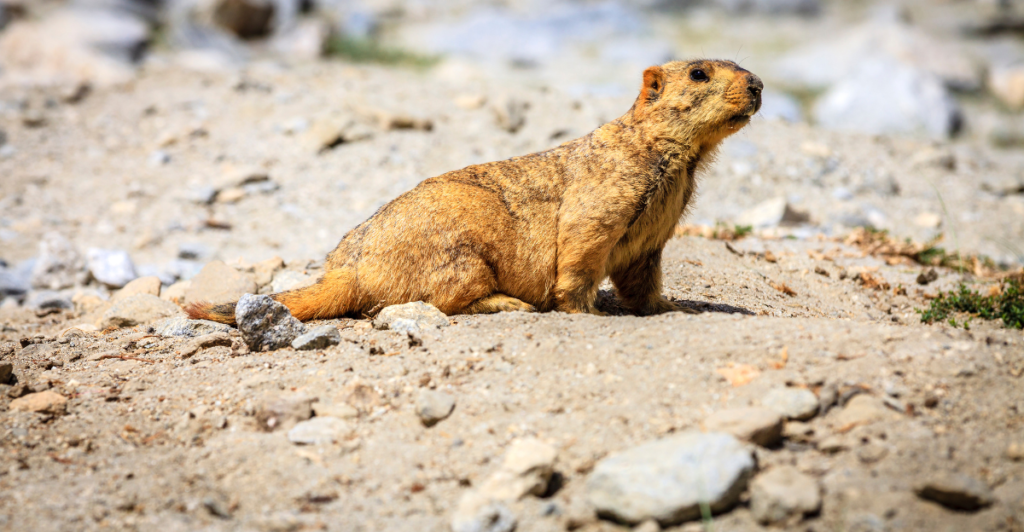
Himalayan marmots are tough little rodents that thrive in the freezing, oxygen-starved heights of the Himalayas. Their secret? A genetic mutation that helps regulate metabolism and body temperature. In winter, they enter a deep hibernation, their body temperature plummeting to near freezing as they wait out the brutal cold.
5. Large-Eared Pikas
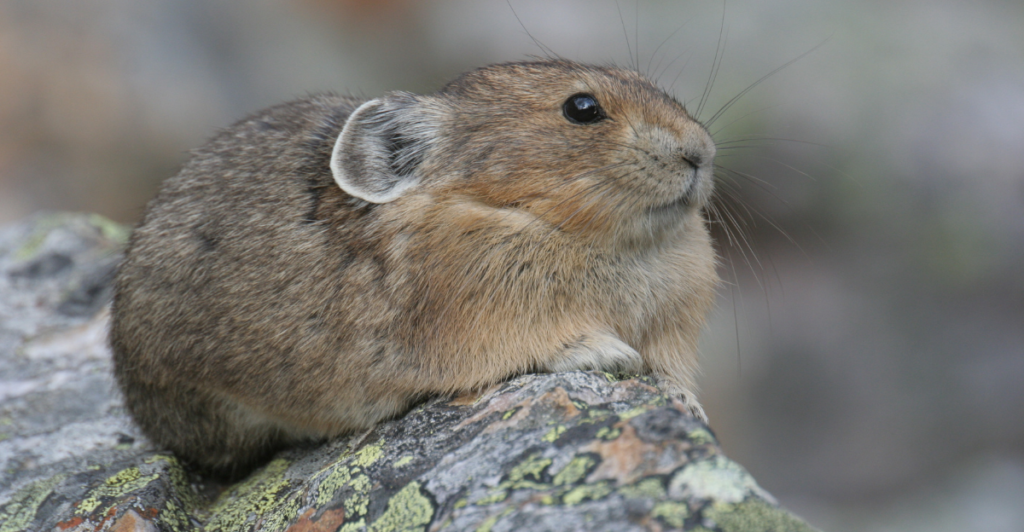
These adorable, rabbit-like creatures live above 6,000 meters (19,600 feet), where oxygen is scarce. Their specialized genes allow them to use oxygen more efficiently, and some pikas at lower elevations may even alter their genetic makeup to adapt to higher altitudes. Hardy and resourceful, they store food in summer to survive the brutal winters.
6. Himalayan Tahr

With thick, shaggy coats and sure-footed agility, Himalayan tahrs navigate the treacherous cliffs of the Himalayas with ease. Their sharp, gripping hooves provide traction on rocky surfaces, helping them evade predators. These wild goat relatives are perfectly adapted to extreme heights where few other mammals dare to roam.
7. Yaks
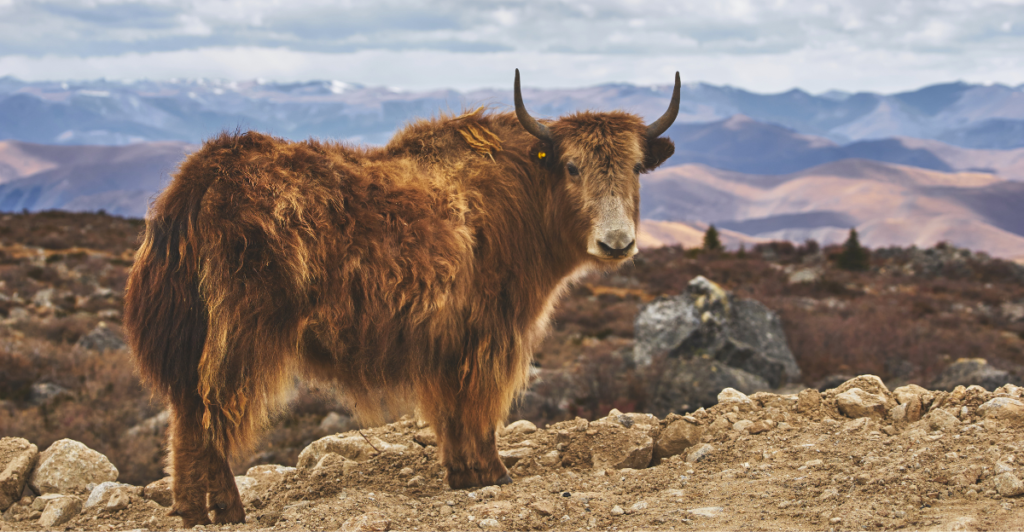
Yaks are a lifeline for Himalayan communities at altitudes above 4,000 meters (13,000 feet). Their large lungs and specialized hemoglobin allow them to extract oxygen efficiently from the thin air, while their dense fur protects them from freezing temperatures. Whether hauling heavy loads or providing milk and wool, these rugged beasts are built for survival.
8. Mountain Goats
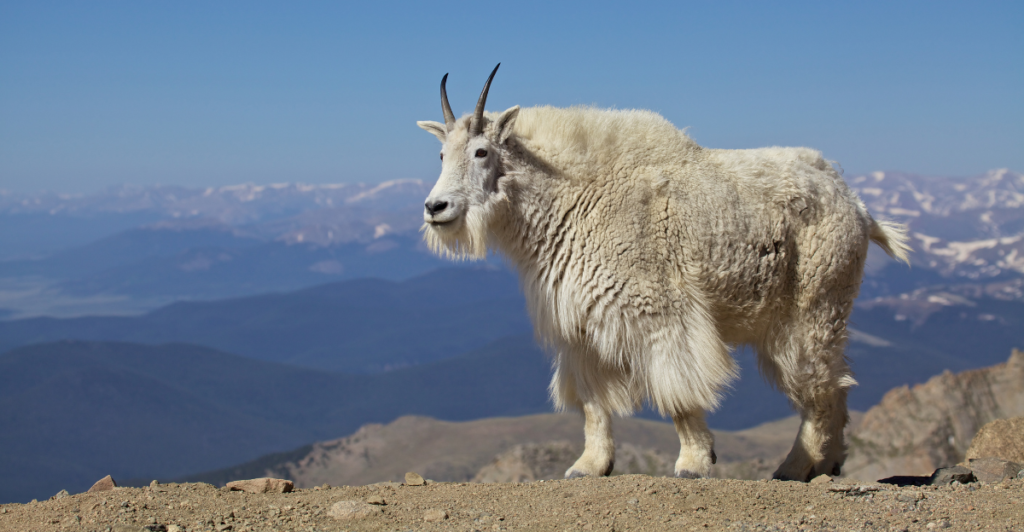
Mountain goats are the fearless acrobats of North America’s high peaks. With sharp, cloven hooves and powerful leg muscles, they can scale sheer cliffs that would stop most predators in their tracks. Their thick coats shield them from frigid temperatures, allowing them to thrive in some of the most extreme mountain environments on Earth.
9. Tiny Spiders
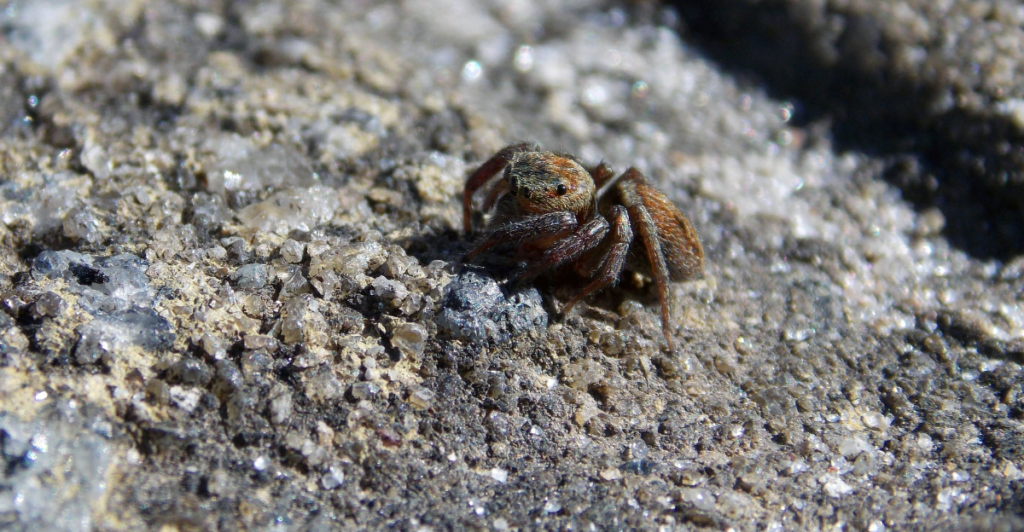
Believe it or not, tiny spiders and aphids can survive at astonishing altitudes! Swept up by powerful wind currents, they can be carried frozen for thousands of miles, only to revive when they land. These miniature adventurers may even drift halfway around the world before descending back to warmer conditions.
10. Alpine Chough
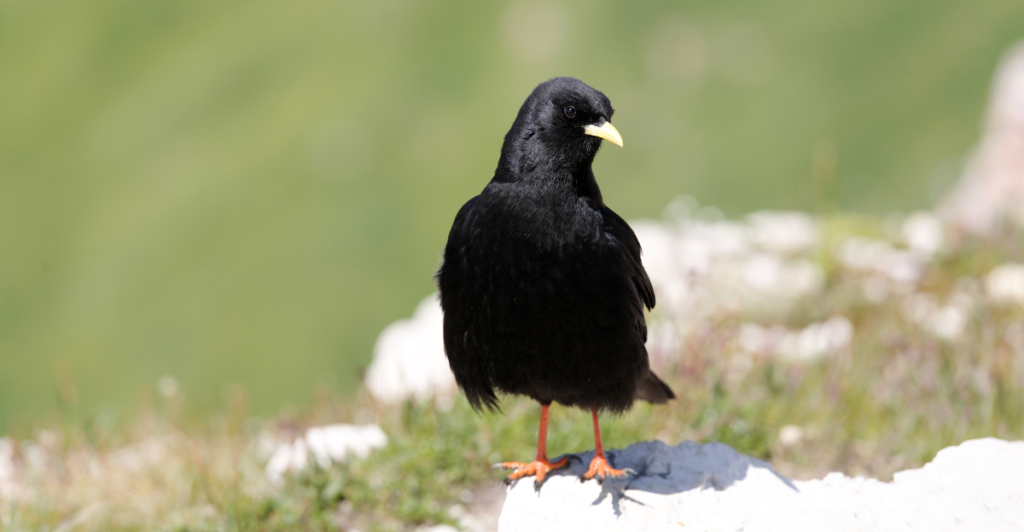
Soaring where few birds dare, the alpine chough thrives in extreme altitudes, nesting at a staggering 21,300 feet (6,500 m) and flying as high as 26,000 feet (7,900 m) near Everest. This crow relative expertly rides mountain updrafts, scavenging for food in sheer cliffside habitats. But as temperatures rise, these birds are being pushed even higher—scientists have observed them foraging at greater elevations in response to climate change. How much higher can they go?
Discover more of our trending stories and follow us to keep them appearing in your feed

“There Will Be Eruptions”: Concerns Mount as Yellowstone Supervolcano Activity Increases
California Is Breaking Apart: A Fault Line Is Forming Faster Than Anyone Predicted
“There Will Be Eruptions”: Concerns Mount as Yellowstone Supervolcano Activity Shifts
Deepest Hole On Earth Permanently Sealed After 2 Billion-Year-Old Discovery
References:
Reference 1
Reference 2
Reference 3
This article first appeared here
Stay connected with us for more stories like this! Follow us to get the latest updates or hit the Follow button at the top of this article, and let us know what you think by leaving your feedback below. We’d love to hear from you!







